Home>Renovation & DIY>Tools & Equipment>What To Use Instead Of A Phillips Screwdriver
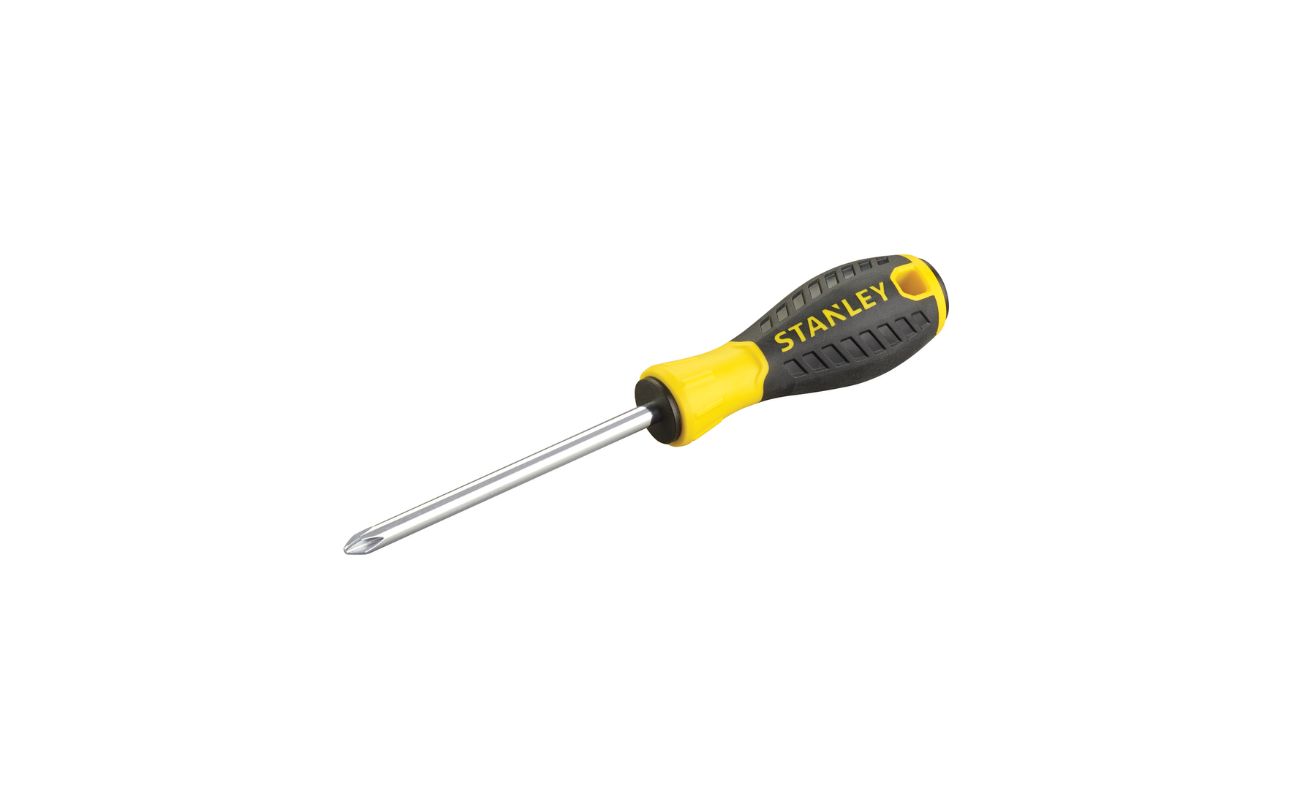

Tools & Equipment
What To Use Instead Of A Phillips Screwdriver
Modified: May 6, 2024
Discover the top alternatives to a Phillips screwdriver and find the best tools and equipment for your DIY projects. Upgrade your toolbox now!
(Many of the links in this article redirect to a specific reviewed product. Your purchase of these products through affiliate links helps to generate commission for Storables.com, at no extra cost. Learn more)
Introduction
When it comes to DIY projects or professional work, having the right tools at your disposal is crucial. One of the most common tools found in any toolbox is the Phillips screwdriver, known for its cross-shaped tip. However, there are instances when a Phillips screwdriver may not be the best option for the job at hand. Whether the screw head is different or the Phillips screwdriver is unavailable, it’s essential to know the alternatives to effectively drive and remove screws without damaging them.
In this comprehensive guide, we’ll explore various screwdriver types that can be used instead of a Phillips screwdriver. Each alternative offers unique features and advantages, making them suitable for specific screw types and applications. By understanding these alternatives, you’ll be well-equipped to handle a wide range of screwdriving tasks with confidence and precision.
Key Takeaways:
- Choose the right screwdriver for the job to avoid damaging screws and surfaces. Flathead, Torx, square, hex, and Robertson screwdrivers offer versatile alternatives to the Phillips screwdriver, ensuring precise and efficient screwdriving operations.
- Understanding the unique features of each alternative screwdriver empowers individuals to confidently tackle various screwdriving tasks. From simple household repairs to professional projects, having the right tool at hand is essential for successful outcomes.
Read more: What To Use Instead Of A Tiny Screwdriver
Flathead Screwdriver
One of the most versatile and widely used screwdriver types is the flathead screwdriver. Recognizable by its single, flat blade, this screwdriver is ideal for driving and removing slotted screws, which feature a single straight line across the head. Flathead screwdrivers are available in various sizes to accommodate different screw dimensions, and they are commonly used in woodworking, metalworking, and general household repairs.
When encountering a slotted screw, the flathead screwdriver provides a reliable alternative to the Phillips screwdriver. Its simple yet effective design allows for a secure grip on the screw head, enabling precise turning without slippage. Additionally, flathead screwdrivers are adept at handling screws with damaged or worn slots, as the wide blade can exert significant torque to loosen or tighten the screw.
It’s important to match the size of the flathead screwdriver to the screw head to prevent slippage and minimize the risk of damaging the screw or surrounding surfaces. By applying even pressure and using the appropriate size, the flathead screwdriver can effectively replace the Phillips screwdriver in various applications, making it an indispensable tool for any toolkit.
Torx Screwdriver
When faced with screws that feature a six-pointed star-shaped recess in their heads, a Torx screwdriver emerges as a highly suitable alternative to a Phillips screwdriver. The Torx screw drive system, characterized by its star-shaped pattern, offers several advantages, including improved torque transfer, reduced slippage, and enhanced durability.
One of the key benefits of the Torx screwdriver is its ability to distribute torque evenly across all six points of contact within the screw head. This design minimizes the risk of cam-out, a common issue where the driver slips out of the screw head under high torque, potentially damaging the screw or the surrounding material. Additionally, the Torx screwdriver’s secure grip and efficient torque transfer make it particularly well-suited for applications requiring reliable and precise screwdriving, such as automotive assembly and electronic device repairs.
Available in various sizes, the Torx screwdriver can accommodate a wide range of Torx screw dimensions, ensuring compatibility with different screw heads. Its widespread use in industries such as construction, engineering, and manufacturing highlights its versatility and effectiveness as an alternative to the Phillips screwdriver.
By utilizing a Torx screwdriver when encountering screws with a star-shaped recess, individuals can achieve superior control and minimize the likelihood of slippage, ultimately facilitating efficient and damage-free screwdriving operations.
Square Screwdriver
For screws featuring a square-shaped recess in their heads, the square screwdriver, also known as a Robertson screwdriver, offers a reliable alternative to the Phillips screwdriver. The square screw drive system, patented by P.L. Robertson in 1908, is renowned for its self-centering design and enhanced resistance to cam-out, making it a popular choice in woodworking, construction, and electrical applications.
One of the standout features of the square screwdriver is its ability to securely engage with the screw head, minimizing the risk of slipping or stripping the recess. This design ensures optimal torque transfer and facilitates efficient screwdriving while reducing the likelihood of damaging the screw or surrounding surfaces. Additionally, the square screwdriver’s self-centering nature allows for straightforward alignment with the screw, simplifying the driving and removal process.
The square screwdriver is available in various sizes, catering to a wide range of square screw dimensions and ensuring compatibility with different applications. Its widespread use in industries such as furniture assembly, cabinetry, and electrical installations underscores its versatility and effectiveness as an alternative to the Phillips screwdriver.
By employing a square screwdriver when faced with square-recessed screws, individuals can benefit from enhanced control, reduced slippage, and increased efficiency, ultimately streamlining screwdriving tasks and contributing to overall workmanship quality.
Consider using a slotted screwdriver, square drive screwdriver, or a Torx screwdriver as alternatives to a Phillips screwdriver for different types of screws.
Hex Screwdriver
When dealing with hexagonal (hex) screws, a hex screwdriver, also known as an Allen key or Allen wrench, serves as an excellent alternative to the Phillips screwdriver. Hex screws, featuring a six-sided recess, are commonly found in furniture assembly, bicycle components, machinery, and various DIY projects.
The hex screwdriver’s L-shaped design and hexagonal tip enable it to securely engage with the screw head, providing a reliable grip and efficient torque transfer. This design minimizes the risk of slippage and ensures precise control during both screwdriving and screw removal. Additionally, the availability of hex screwdrivers in a range of sizes allows for compatibility with different hex screw dimensions, making them versatile tools for a wide array of applications.
One of the notable advantages of the hex screwdriver is its ability to reach recessed or obstructed screw locations with ease, thanks to its compact and maneuverable design. This feature is particularly beneficial in tight spaces where traditional screwdrivers may struggle to access the screw head effectively.
The hex screwdriver’s prevalence in various industries and its widespread use in assembling flat-pack furniture, adjusting bike components, and performing machinery maintenance highlight its versatility and effectiveness as an alternative to the Phillips screwdriver. By utilizing a hex screwdriver when encountering hex screws, individuals can achieve precise and controlled screwdriving, contributing to efficient assembly and maintenance tasks.
Read more: What Can You Use Instead Of A Screwdriver
Robertson Screwdriver
When faced with screws featuring a square-shaped recess, the Robertson screwdriver, also known as a square screwdriver, provides an excellent alternative to the Phillips screwdriver. The Robertson screw drive system, invented by P.L. Robertson in 1908, offers several advantages, including enhanced torque transfer, reduced slippage, and improved efficiency.
One of the standout features of the Robertson screwdriver is its ability to securely engage with the screw head, minimizing the risk of slipping or stripping the recess. This design ensures optimal torque transfer and facilitates efficient screwdriving while reducing the likelihood of damaging the screw or surrounding surfaces. Additionally, the Robertson screwdriver’s self-centering nature allows for straightforward alignment with the screw, simplifying the driving and removal process.
The Robertson screwdriver is available in various sizes, catering to a wide range of square screw dimensions and ensuring compatibility with different applications. Its widespread use in industries such as woodworking, construction, and electrical installations underscores its versatility and effectiveness as an alternative to the Phillips screwdriver.
By employing a Robertson screwdriver when faced with square-recessed screws, individuals can benefit from enhanced control, reduced slippage, and increased efficiency, ultimately streamlining screwdriving tasks and contributing to overall workmanship quality.
Conclusion
Exploring the alternatives to the Phillips screwdriver reveals a diverse range of screwdriver types, each tailored to specific screw head designs and applications. From the versatile flathead screwdriver to the specialized Torx, square, hex, and Robertson screwdrivers, there is a suitable tool for every screw type, ensuring efficient and damage-free screwdriving operations.
By understanding the unique features and advantages of each alternative, individuals can confidently tackle a wide variety of screwdriving tasks, from household repairs to professional projects. The flathead screwdriver’s simplicity and adaptability make it a staple in any toolkit, while the Torx screwdriver’s enhanced torque transfer and reduced slippage offer exceptional control and precision.
Furthermore, the square screwdriver’s self-centering design and the hex screwdriver’s maneuverability in tight spaces underscore their utility in specific applications. Lastly, the Robertson screwdriver’s secure engagement and efficient torque transfer make it a valuable asset in woodworking, construction, and electrical work.
By incorporating these alternative screwdrivers into their toolkits, individuals can confidently address various screwdriving challenges, ensuring optimal performance and workmanship. Whether it’s driving slotted, star-shaped, square, hexagonal, or square-recessed screws, having the right screwdriver at hand is essential for achieving successful outcomes and maintaining the integrity of screws and surrounding materials.
Ultimately, the versatility, precision, and reliability offered by these alternative screwdrivers empower individuals to approach screwdriving tasks with confidence, knowing that they have the right tool for the job.
Curious about other types of screwdrivers that might suit your projects better? If you're pondering what exactly a Robertson screwdriver is or why a slotted screwdriver might be the right tool for your next task, we've got you covered. Dive into our detailed guides that break down the uses, benefits, and unique characteristics of each. You'll discover how different screwdrivers can dramatically simplify your DIY endeavors or any fixing jobs around the house. Don't miss out on becoming more tool-savvy!
Frequently Asked Questions about What To Use Instead Of A Phillips Screwdriver
Was this page helpful?
At Storables.com, we guarantee accurate and reliable information. Our content, validated by Expert Board Contributors, is crafted following stringent Editorial Policies. We're committed to providing you with well-researched, expert-backed insights for all your informational needs.
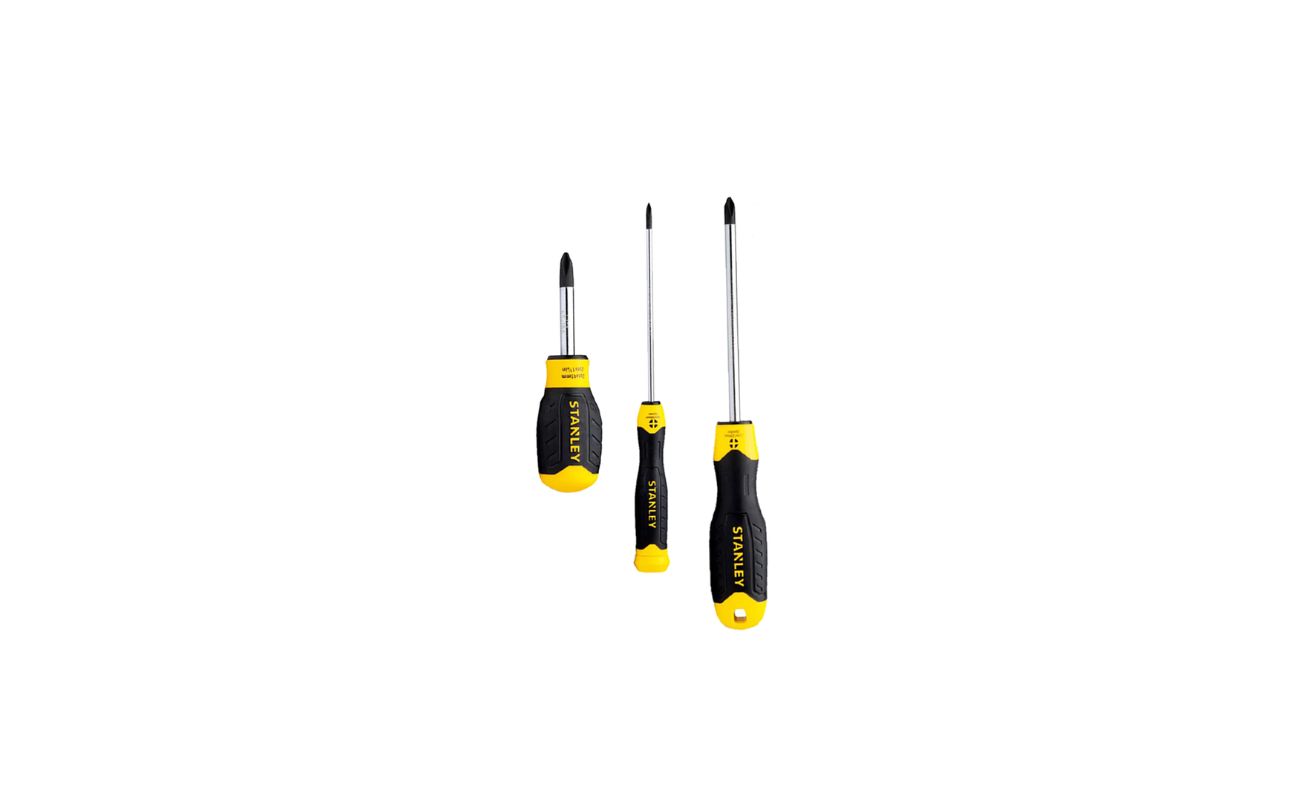
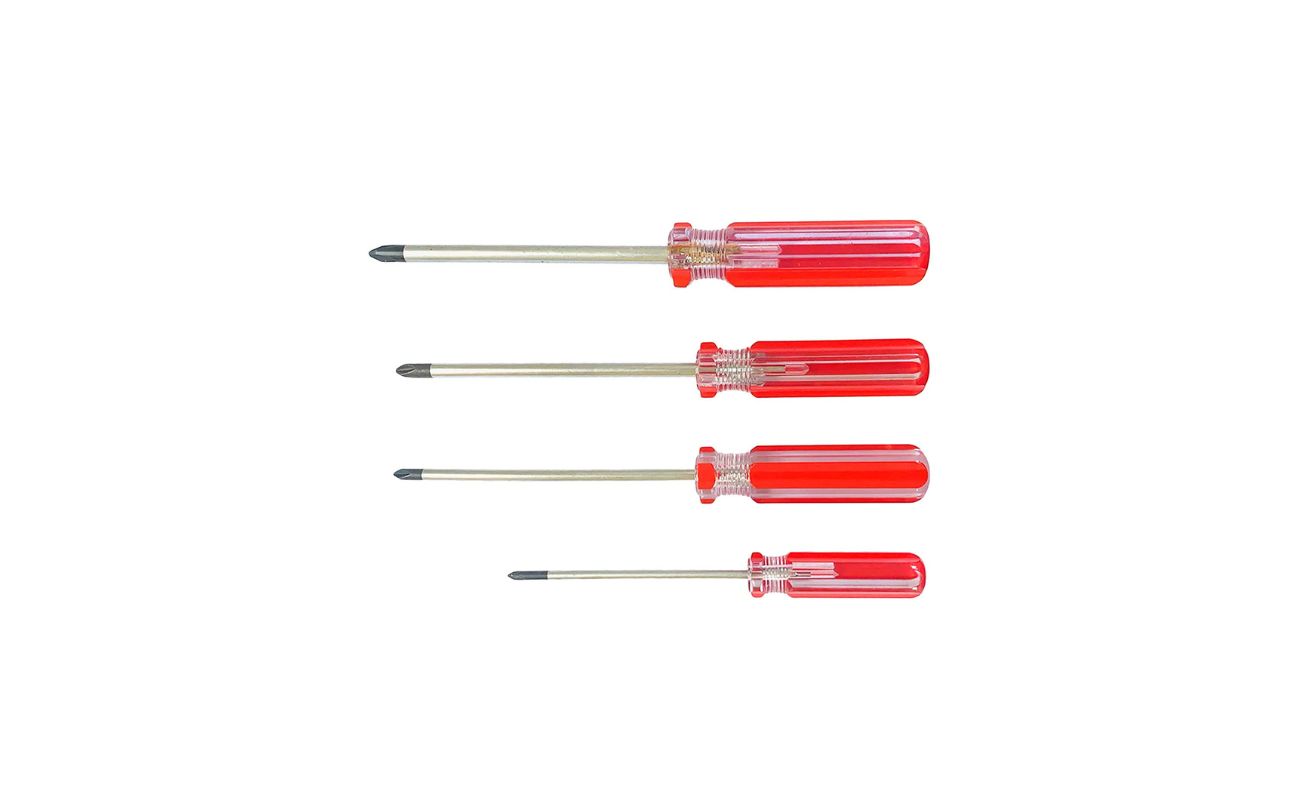


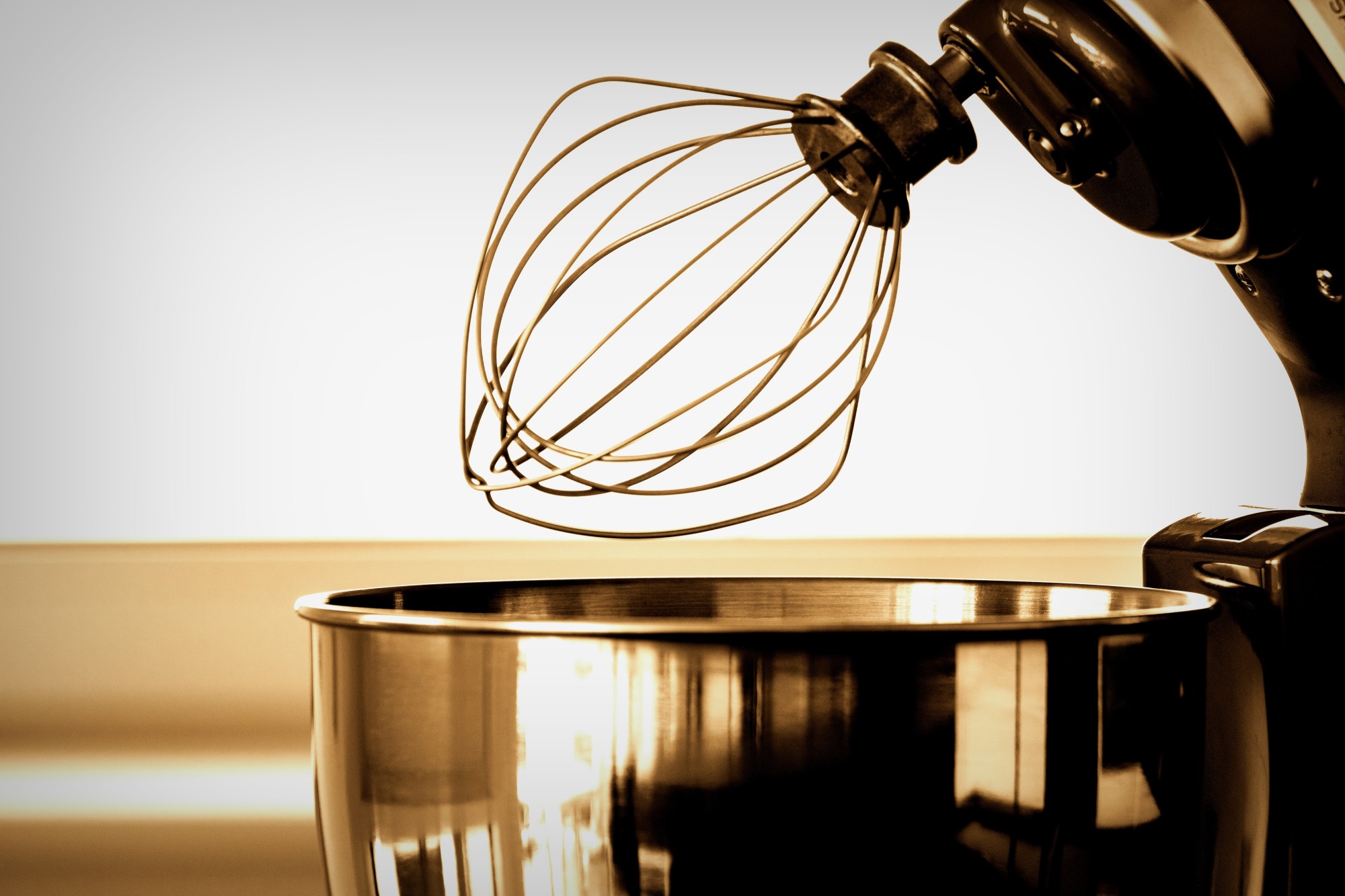

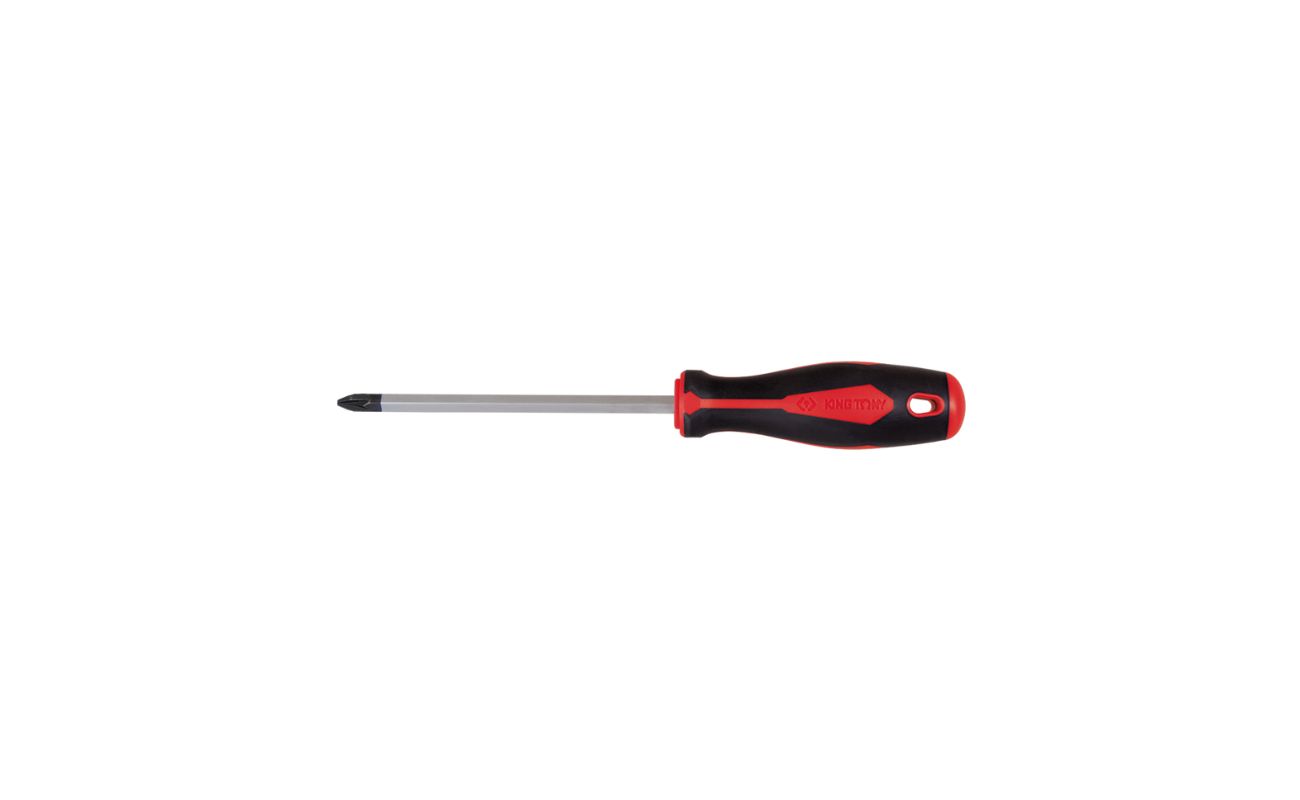


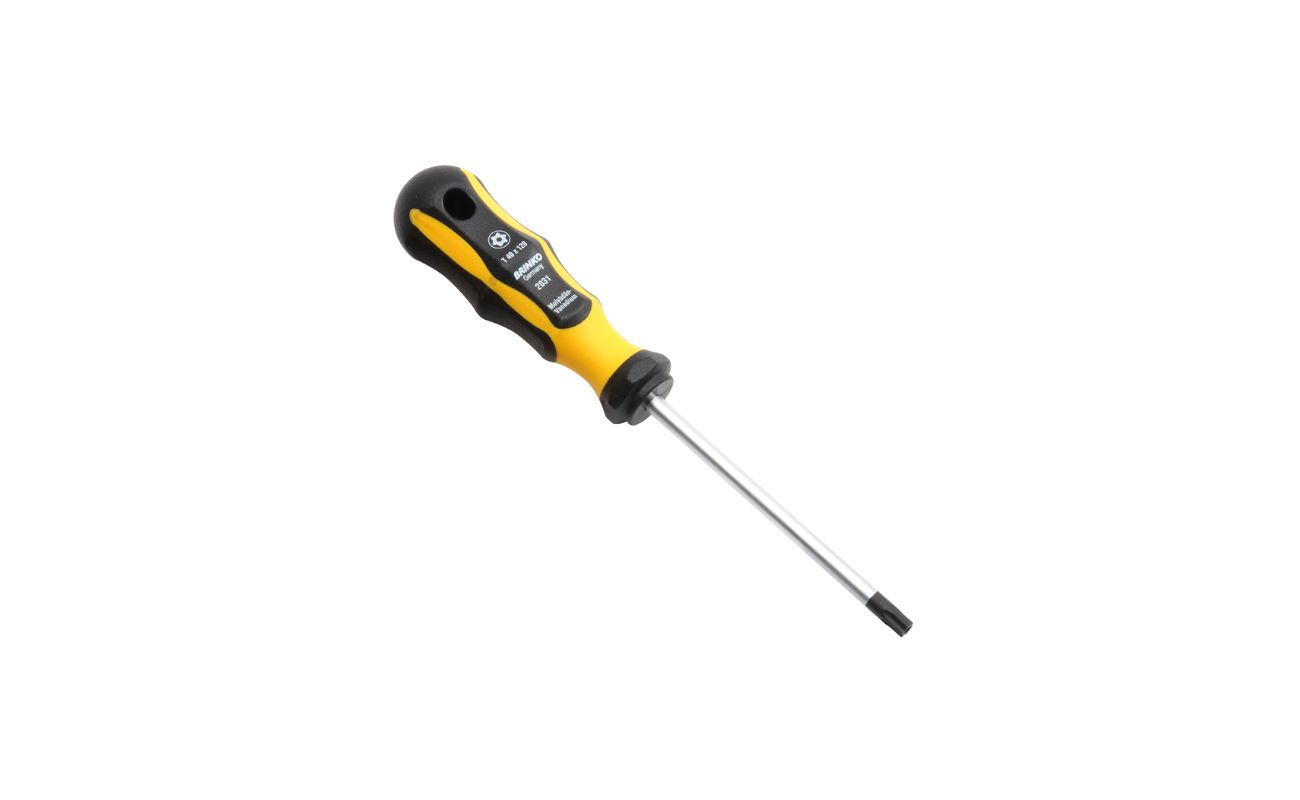



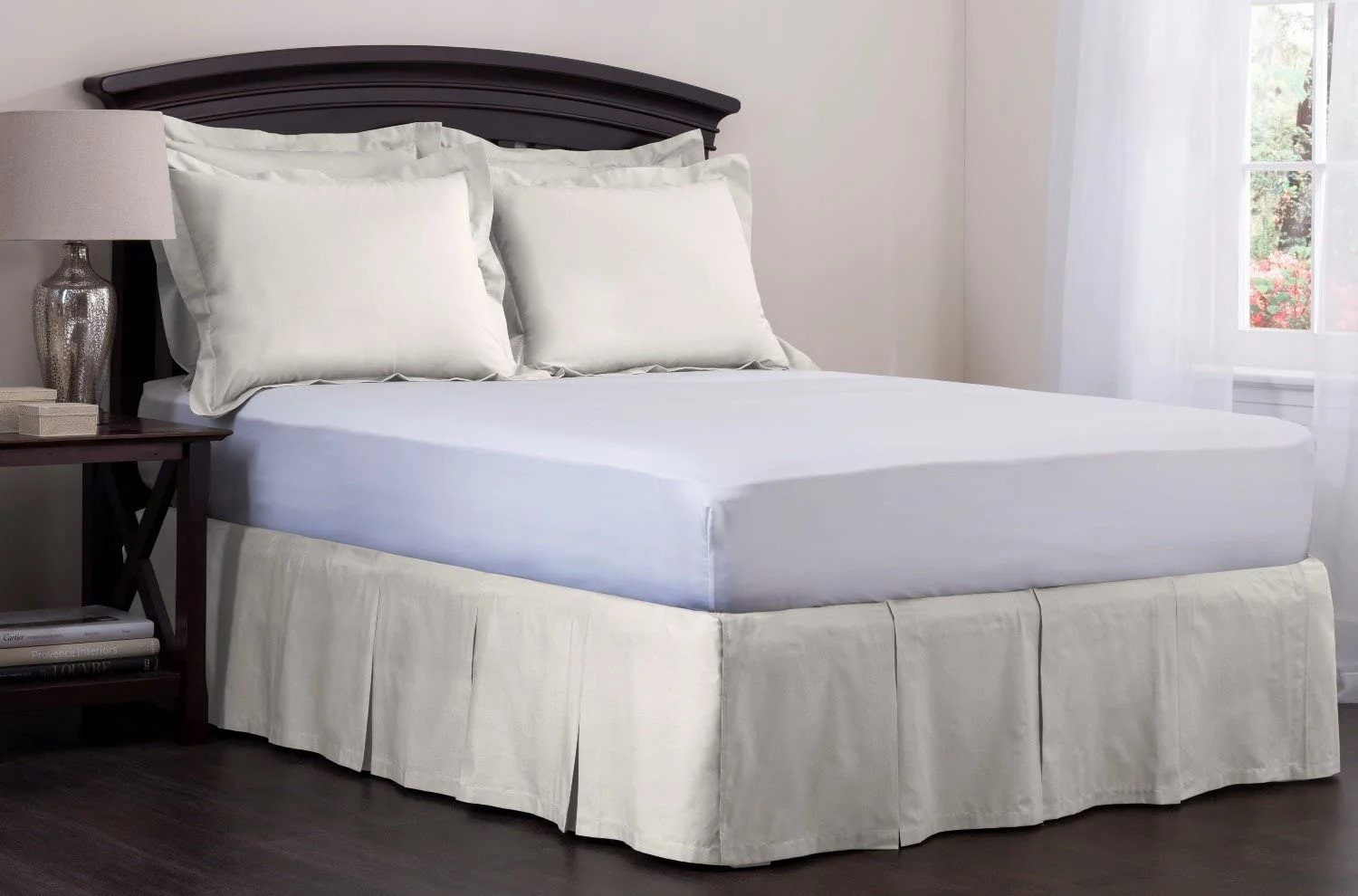

0 thoughts on “What To Use Instead Of A Phillips Screwdriver”